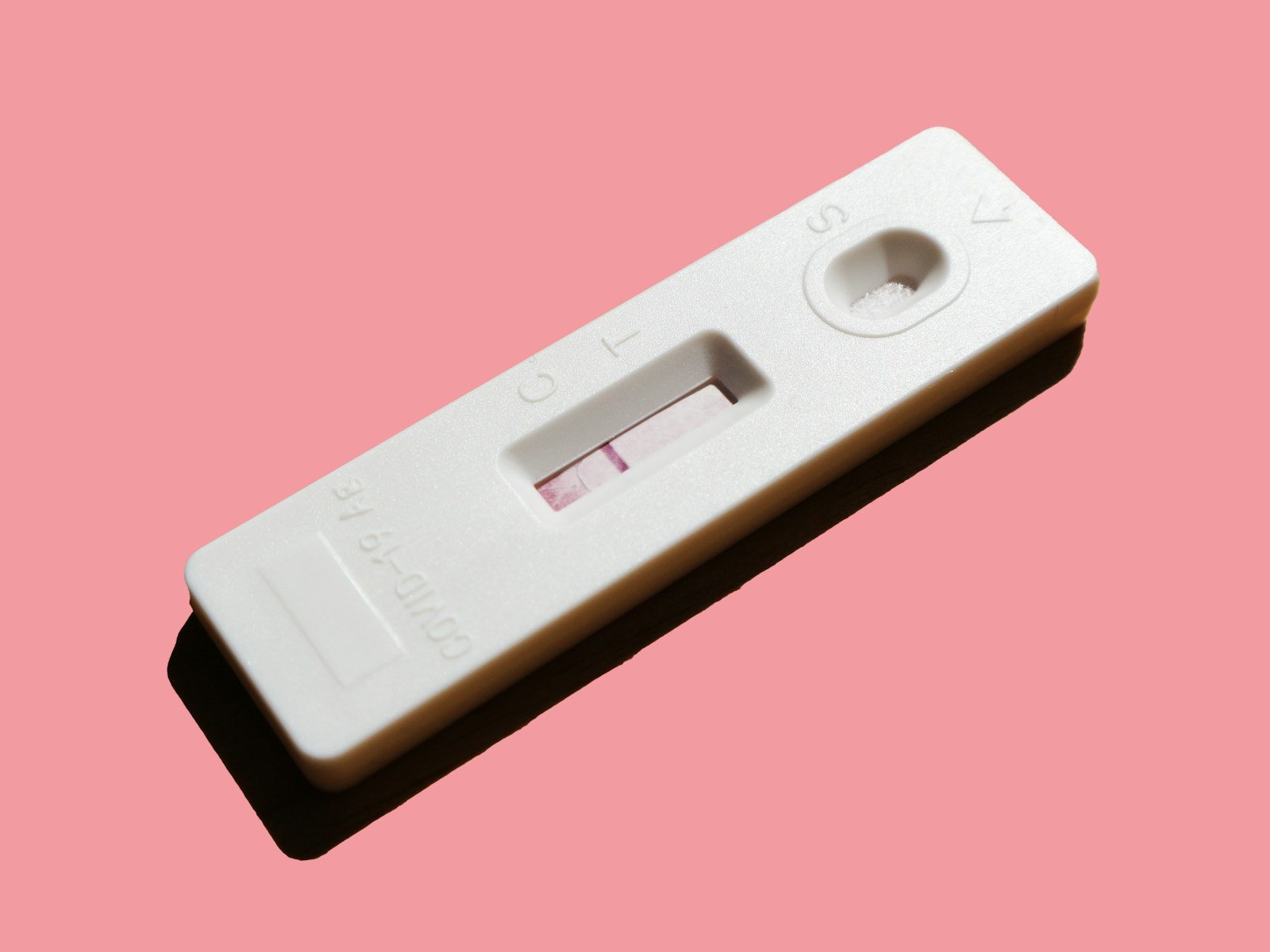Pregnancy tests are a critical first step for anyone trying to confirm pregnancy. Here’s everything you need to know, including how they work, the best time to take them, and their accuracy.
How Do Pregnancy Tests Work?
Home pregnancy tests detect the presence of human chorionic gonadotropin (hCG) in urine, a hormone produced after conception. hCG levels rise significantly after the embryo attaches to the womb lining, becoming detectable in both urine and blood. While home pregnancy tests are a private and convenient option, blood tests conducted by healthcare providers can detect pregnancy earlier.
When Is the Best Time to Take a Pregnancy Test?
Timing is crucial for accurate results. For most reliable results:
- Morning Testing: First-morning urine is highly concentrated, improving test sensitivity.
- Missed Period: Waiting until the first day of your missed period is ideal, as hCG levels are typically sufficient for detection.
- Early Testing: Some tests allow detection 4-5 days before your expected period, but results may be less accurate.
How to Take a Pregnancy Test
Different brands have slightly different methods. Common approaches include:
- Urine Stream: Hold the test stick under your urine stream for a specified time.
- Dip Test: Collect urine in a container and dip the test stick into it.
- Dropper Method: Use an eyedropper to place urine into a test receptacle.
Always read and follow the manufacturer’s instructions for best results.
Pregnancy Test Results Meaning
Understanding your results depends on the type of test:
- Symbols or Lines: A single or double line, plus or minus symbol.
- Words: Some digital tests display “Pregnant” or “Not Pregnant.”
Check the instructions for how long to wait before reading results.
How Early Can You Detect Pregnancy?
Most home tests detect pregnancy from the first day of a missed period. Some sensitive tests can provide results as early as 4-5 days before your expected period. However, blood tests at a doctor’s office can confirm pregnancy even earlier—7 to 12 days after conception.
How Accurate Are Pregnancy Tests?
When used correctly:
- Home pregnancy tests are up to 97% accurate.
- Positive results are highly reliable, but false negatives are more common, especially if taken too early.
Factors Affecting Accuracy
- Medications: Certain drugs, such as fertility treatments, antihistamines, or anti-anxiety medications, can affect results.
- Testing Too Early: Low hCG levels before a missed period can result in false negatives.
For a definitive result, consult your GP after a positive test.
Pregnancy tests are a simple yet powerful tool. By understanding how they work and following the correct procedure, you can feel confident in your results. Always check your test instructions for guidance, and consult a healthcare professional for further support.


